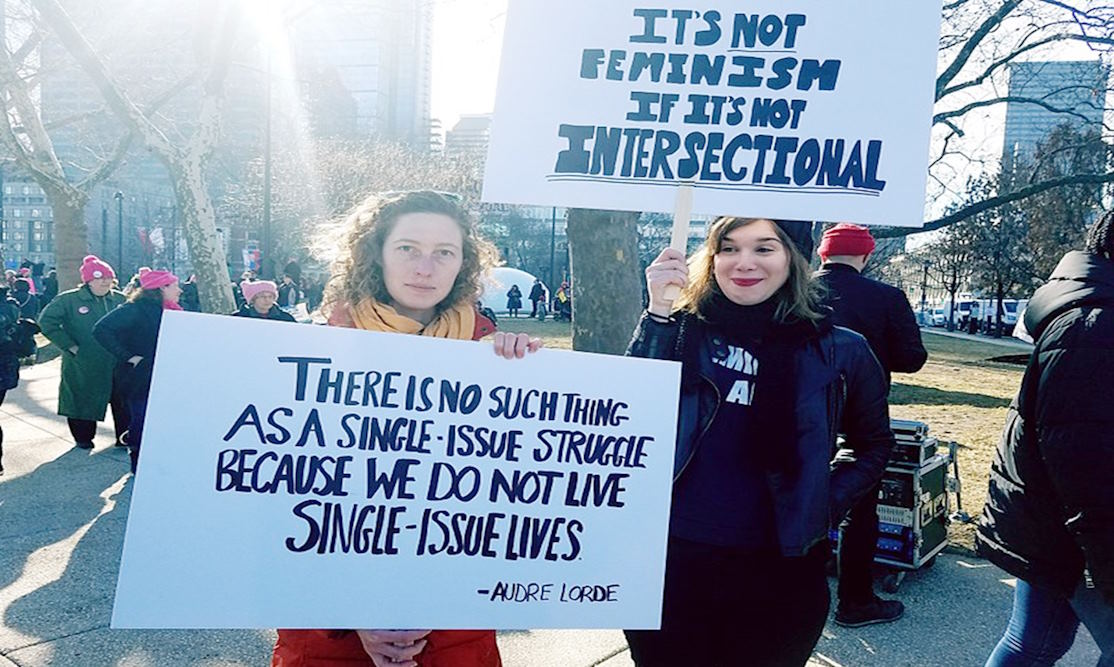The intersectionality of social justice movements reflects the interconnected nature of oppression and the importance of inclusive approaches to activism. However, these movements are not isolated entities; they intersect and overlap in complex ways, forming a network of activism that amplifies their impact. Understanding the intersectionality of social justice movements and understanding how social justice movements intersect is crucial for fostering solidarity and creating meaningful progress toward a more equitable society.

Defining Intersectionality:
Intersectionality, a term coined by legal scholar Kimberlé Crenshaw, emphasises the interconnected nature of social identities and experiences. It acknowledges that individuals may face multiple forms of oppression simultaneously based on factors such as race, gender, sexuality, class, ability, and more. This framework highlights the interplay between different forms of discrimination and the need for inclusive approaches to activism.
Bridging Across Movements:
Social justice movements often share common goals and enemies. For example, the fight against racial discrimination intersects with efforts to combat economic inequality and environmental injustice. By recognizing these connections, activists can build alliances and work collaboratively toward collective liberation and examining the interlocking nature of social justice movements. Bridging across movements strengthens solidarity and amplifies the impact of advocacy efforts.
Amplifying Marginalised Voices:
 Intersectionality underscores the importance of centering the voices and experiences of marginalised communities within social justice movements. Historically, certain groups, such as women of colour individuals, have been sidelined within mainstream activism. By prioritising intersectional perspectives, movements become more inclusive and better equipped to address the diverse needs of all individuals affected by oppression.
Intersectionality underscores the importance of centering the voices and experiences of marginalised communities within social justice movements. Historically, certain groups, such as women of colour individuals, have been sidelined within mainstream activism. By prioritising intersectional perspectives, movements become more inclusive and better equipped to address the diverse needs of all individuals affected by oppression.
Addressing Root Causes:
Effective social justice activism goes beyond addressing surface-level symptoms of injustice; it seeks to dismantle the underlying structures of inequality. Intersectional analysis helps identify these root causes by examining how to reinforce each other and mapping the relationships between diverse social justice movements. By targeting root causes, movements can create lasting systemic change rather than temporary fixes.
Challenges and Opportunities:
While intersectionality offers a framework for understanding social injustice, its implementation poses challenges. Intersectional activism requires navigating complex power dynamics and acknowledging internal biases within movements. However, it also presents opportunities for growth and solidarity. By embracing intersectionality, social justice movements can become more inclusive, resilient, and effective in their advocacy efforts.
